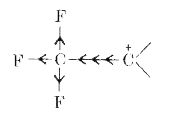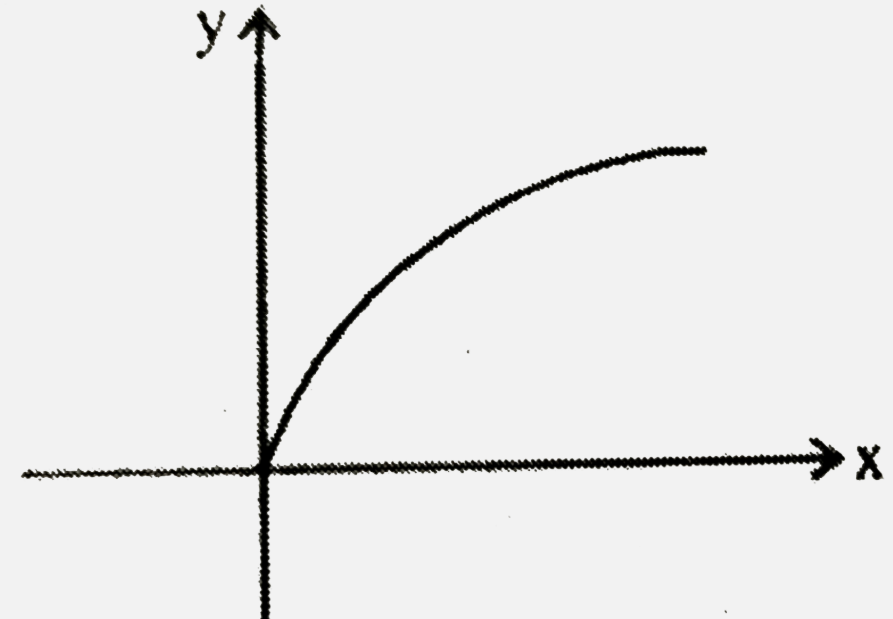Video Solution
Text Solution
In

the strongly withdrawing F3C− group withdraws electrons of the C−C bond towards itself. AB a result, the positive charge on C gets intensified and therefore ,

is less stable. On the other hand, in carbocation F3C+−− lone pair of electrons on each of the three F-atoms overlaps with the empty p-orbital of the carbon atom carrying the positive charge thereby dispersing the positive charge and thus stabilizing the carbocation Fe3C+ relative to


-I-effect of the F atoms destubilizes the carbocation by intensifying the +ve charge.

Back bonding from 2p orbitals of F to empty 2p orbital of C disperses +ve charge
|
Topper's Solved these Questions
- ORGANIC CHEMISTRY: BASIC PRINCIPLES AND TECHNIQUESBOOK - MODERN PUBLICATIONCHAPTER - ORGANIC CHEMISTRY: BASIC PRINCIPLES AND TECHNIQUESEXERCISE - (Competition File) MULTIPLE CHOICE QUESTIONS (Organic Compounds)
13 Videos
- ORGANIC CHEMISTRY: BASIC PRINCIPLES AND TECHNIQUESBOOK - MODERN PUBLICATIONCHAPTER - ORGANIC CHEMISTRY: BASIC PRINCIPLES AND TECHNIQUESEXERCISE - (Competition File) MULTIPLE CHOICE QUESTIONS (Organic Compounds)
28 Videos
- ORGANIC CHEMISTRY: BASIC PRINCIPLES AND TECHNIQUESBOOK - MODERN PUBLICATIONCHAPTER - ORGANIC CHEMISTRY: BASIC PRINCIPLES AND TECHNIQUESEXERCISE - Revision ( Objective Questions ) Long Answer Questions (Carrying 5 marks)
12 Videos
- MOCK TEST-2BOOK - MODERN PUBLICATIONCHAPTER - MOCK TEST-2EXERCISE - SECTION D
1 Videos
- REDOX REACTIONS BOOK - MODERN PUBLICATIONCHAPTER - REDOX REACTIONS EXERCISE - COMPETITION FILE (Objective Questions) (C. MULTIPLE CHOICE QUESTIONS)
9 Videos

